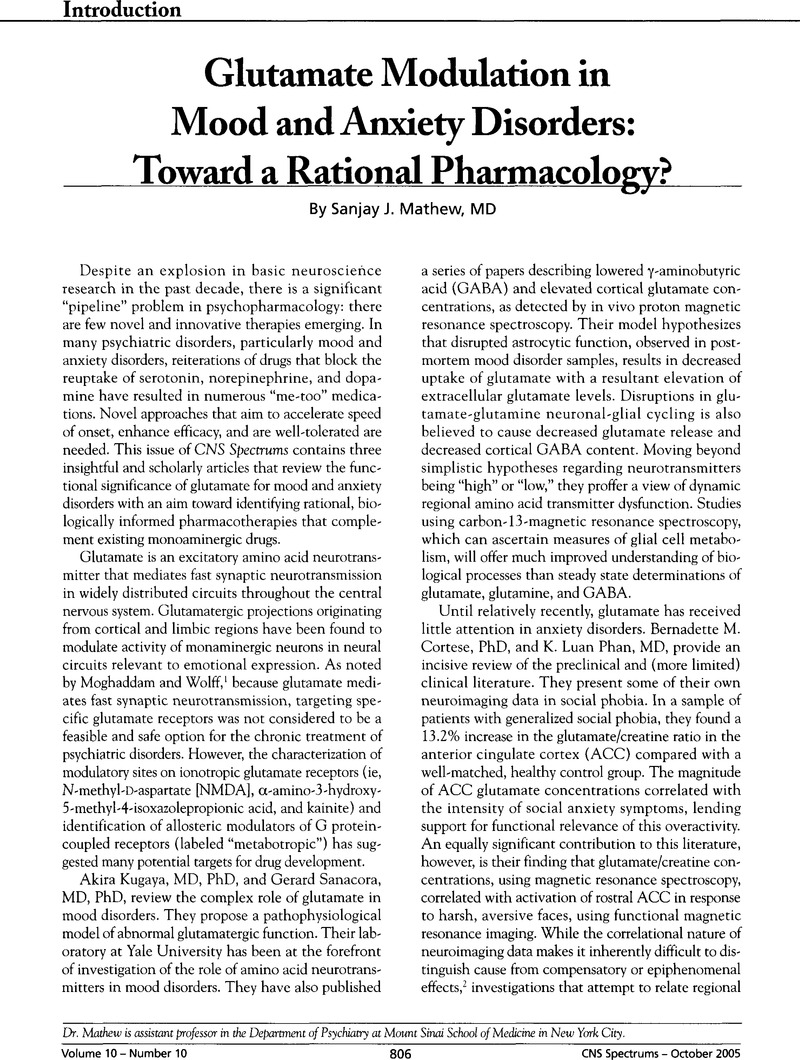Crossref Citations
This article has been cited by the following publications. This list is generated based on data provided by Crossref.
Mathew, Sanjay J.
Price, Rebecca B.
and
Charney, Dennis S.
2008.
Recent advances in the neurobiology of anxiety disorders: Implications for novel therapeutics.
American Journal of Medical Genetics Part C: Seminars in Medical Genetics,
Vol. 148C,
Issue. 2,
p.
89.
Helsley, James D.
2008.
Anxiety Disorders.
p.
183.



